Last weekend, to mark the 100th anniversary of the Tulsa Race Massacre, two preachers — one Black, one White — stood on stage at a suburban church.
They faced each other, held hands and bowed their heads.
“Help us, Father, to learn to erase the past and live for the future … as one in Christ,” prayed Tim Luster, the Black minister.
After the final amen, Luster leaned forward, hugged Tim Pyles, the White minister, and said softly, “God bless you, man.”
The interaction came at the end of a 45-minute dialogue on racism that emphasized the massacre’s centennial, which was commemorated on Monday and Tuesday.
Your tax-deductible gift helps our journalists report the truth and hold Christian leaders and organizations accountable. Give a gift of $30 or more to The Roys Report this month, and you will receive a copy of “Hurt and Healed by the Church” by Ryan George. To donate, click here.
On May 31-June 1, 1921, White mob violence destroyed Tulsa’s Greenwood District — an affluent African American community known as “Black Wall Street” — and claimed as many as 300 lives.
Last Sunday’s Bible class discussion resulted from a five-year racial unity effort between the Broken Arrow Church of Christ, about 15 miles southeast of Tulsa, and the North Sheridan Church of Christ in Tulsa.
The 500-member Broken Arrow church, where Pyles preaches, is predominantly White.
The 100-member North Sheridan church, which Luster serves, is about 60 percent Black and 40 percent White.
The two churches started getting together in 2016 — in the spring at Broken Arrow and in the fall at North Sheridan — after a White police officer shot an unarmed Black man in Tulsa.
They couldn’t meet last year because of the pandemic. But the success of the COVID-19 vaccinations in slowing the virus’ spread allowed the congregations to reassemble. Some attendees wore masks. Others did not.
At the massacre’s centennial, Pyles said, the ministers hoped ”to address the ongoing challenge and evil of racism, both in our culture and, sadly, among far too many Christians.”
Before praying, Luster stressed, “The prejudice that exists within the body is on both sides of the fence. … This is something that Satan has created within us, and it is his effort to divide us and keep us divided.
“Let us overshadow that with the spirit of Christ,” he said. “Let us learn to accept one another and be together as one.”
‘Racism is Sin’
The close-knit relationship between Luster and Pyles is a testament to both ministers’ focus on racial reconciliation.
Over the past five years, the two have talked on the telephone. They have met in each other’s offices. They have shared meals at Shiloh’s and Fish Daddy’s, popular eateries in this area.
“And some of those conversations have been heartbreaking to me,” Pyles said, “because I’ve heard some of Tim’s experiences, not just in the world but some of his experiences in the body of Christ.
“Racism is real. Racism is wrong. Racism is sin,” the White minister added. “It deprives people of their humanity and their dignity as image-bearers of the God who created them.”
To help understand racism, Pyles urged his fellow Christians to visit the John Hope Franklin Reconciliation Park — a downtown Tulsa memorial to the 1921 victims — as well as the Tulsa Historical Society & Museum’s immersive exhibit on the massacre.
“As you know, the Greenwood District of Tulsa was pretty much burned down,” he said. “Black Wall Street was just decimated by the destruction, and it’s hard for us a hundred years later to imagine the terror that was involved in that — the violence, the hate, the rage, the injustice and the extent of the destruction that took place.”
‘What Would I Have Done?’
The massacre was not covered in U.S. history class when Sharon Edd was growing up.
The North Sheridan member said she welcomed the special emphasis by Pyles and Luster. It’s important to remember and acknowledge what occurred, the 61-year-old Tulsa resident said.
Edd, who is Black, said she always looks forward to meeting with her Broken Arrow brothers and sisters.
“It’s wonderful,” she said. “I think it shows a willingness to have unity in worship.”
Broken Arrow member Charles Emerson, who is White, said he, too, enjoys the joint assemblies.
Likewise, Emerson, 78, appreciated the timely focus.
“It was wrong, and it shouldn’t have happened,” he said of the massacre. “Of course, the question comes up: What would I have done?”
Bridging the Racial Divide
Luster, 70, grew up in Detroit.
As a boy, he attended the Nashville Christian Institute, the Tennessee school where the famous Black traveling evangelist Marshall Keeble served as president. Keeble taught him how to preach.
Luster recalled going home in 1967 during the Detroit Race Riot, which some prefer to call a rebellion. He arrived on a Greyhound bus and found his hometown on fire. He determined that he would work in his ministry to bridge the racial divide.
When he began preaching at North Sheridan about 20 years ago, the congregation was majority White.
But some members left after his hiring.
“One gentleman said, ‘He’s a little too charismatic for me,’” Luster recalled. “I said, ‘OK, I can accept that.’ But the underlying truth probably was not the thing that was expressed.”
‘Are You Uncomfortable?’
Pyles, 58, was raised in the Southeast — Alabama, Kentucky, South Carolina and Tennessee — and spent two years living in Liberia, a west African nation where his parents served as missionaries.
In the U.S., his preacher father served White congregations, but he preached in Black churches when invited.
“Though growing up in the Deep South, I was blessed to have parents who modeled love and service to all who are created in the image of God,” the son told The Christian Chronicle.
During the joint assembly, Pyles recalled that when his father was a student in the 1950s, Lipscomb University in Nashville, Tenn., let Black people attend its Bible lectureship but asked them to sit on the balcony.
In the early 1980s, when Pyles attended Lipscomb, the imprint of a “Colored Men” sign, though faint, still could be seen on a basement restroom, he said.
“I’m grateful that, even though far too late for the feelings and the faith of many people, those shortcomings and failings and sins have been acknowledged,” Pyles said, praising Lipscomb and other Christian universities for recent anti-racism efforts.
“But churches need to do that as well in speaking about these things,” he added. “I’m grateful that among these two bodies of Christ that love and respect and appreciate one another and serve together and worship together,” he said of Broken Arrow and North Sheridan, “that we can have conversations that are sometimes awkward and uncomfortable.”
“Are you uncomfortable?” Luster asked the crowd.
“No!” several members responded.
Luster replied that he feels welcome at Broken Arrow, like he’s a part of the family.
“But so many times, that’s not the case,” he said. “And so we have to deal with that elephant in the room. … Because when we’re segregated, when we’re separated, when we’re divided in our love for one another, then how can we look like Christ?”
This article originally appeared in The Christian Chronicle and is reprinted with permission.
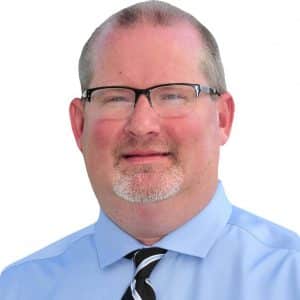 Bobby Ross Jr. is a columnist for Religion Unplugged and editor-in-chief of The Christian Chronicle. A former religion writer for The Associated Press and The Oklahoman, Ross has reported from all 50 states and 15 nations. He has covered religion since 1999.
Bobby Ross Jr. is a columnist for Religion Unplugged and editor-in-chief of The Christian Chronicle. A former religion writer for The Associated Press and The Oklahoman, Ross has reported from all 50 states and 15 nations. He has covered religion since 1999.
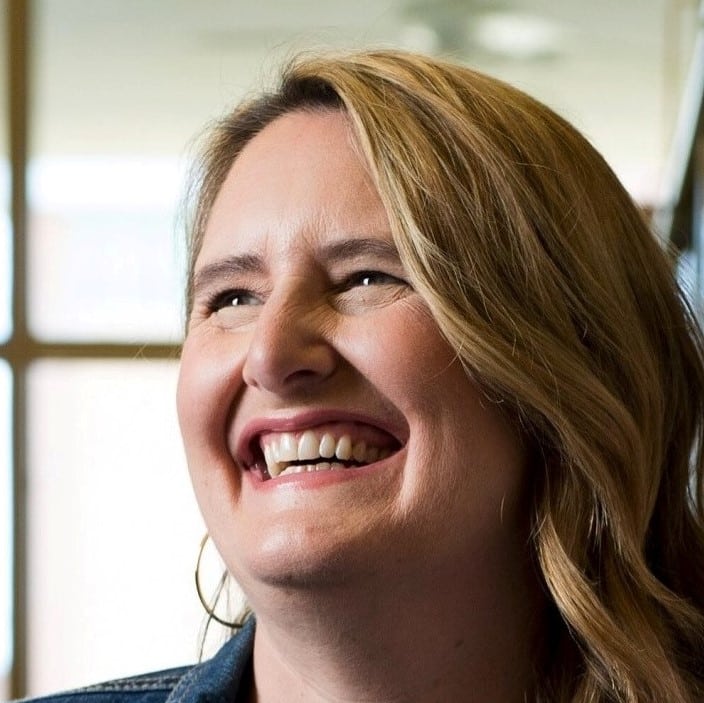
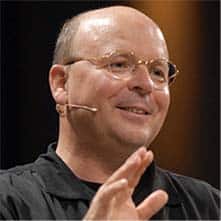


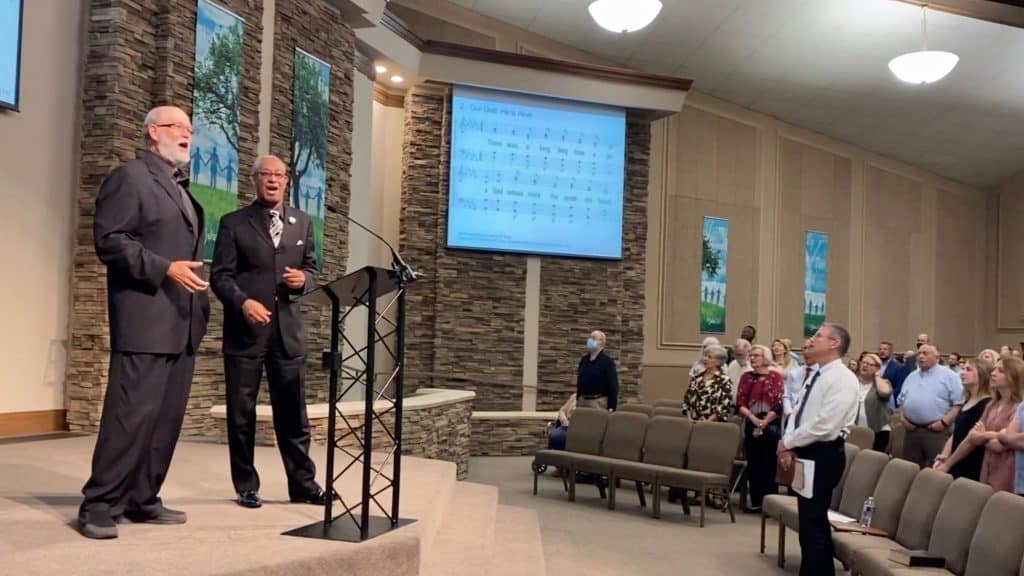
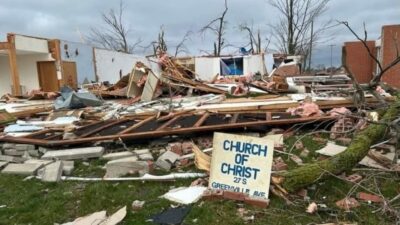
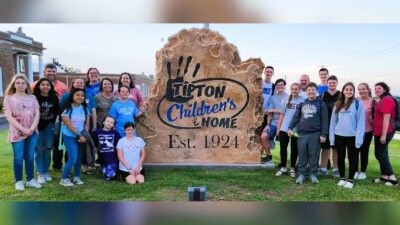
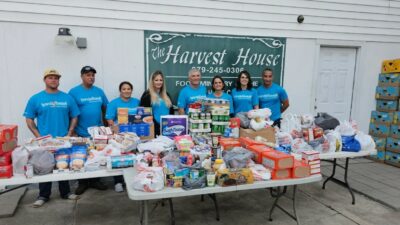
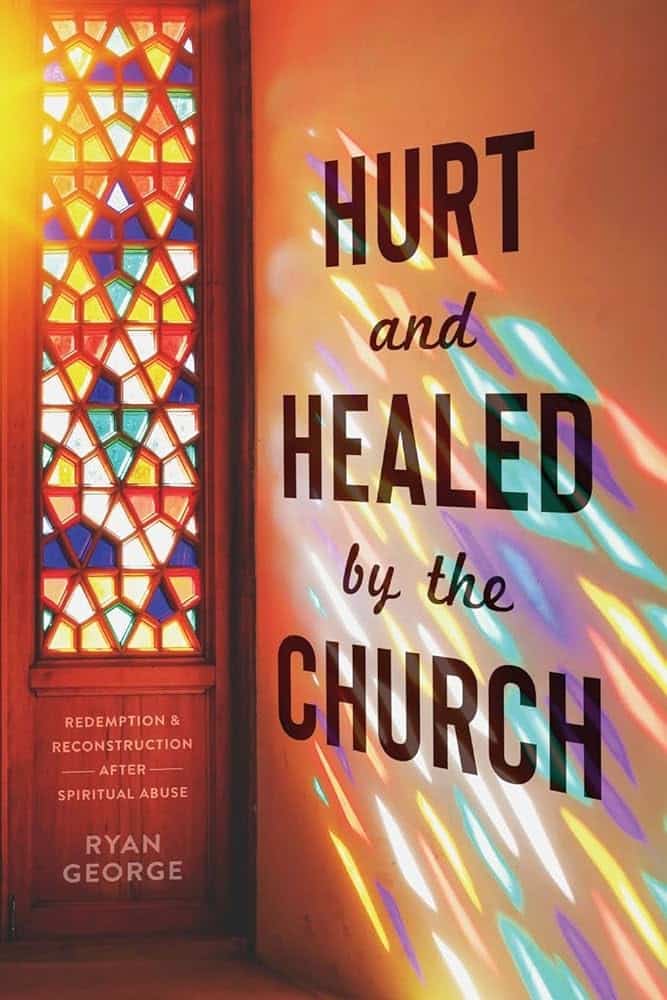
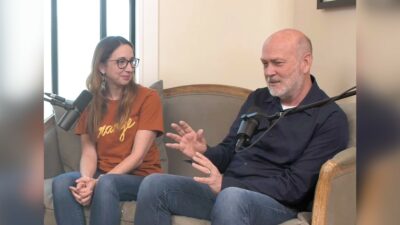
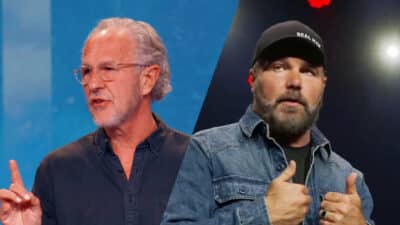
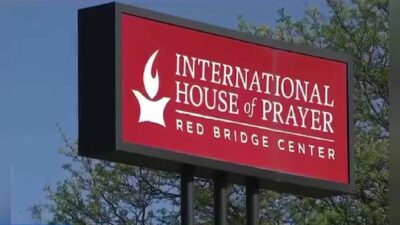
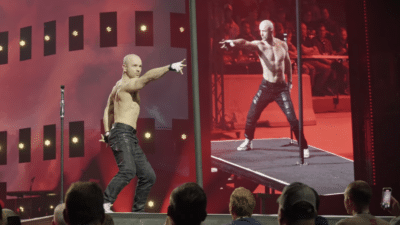
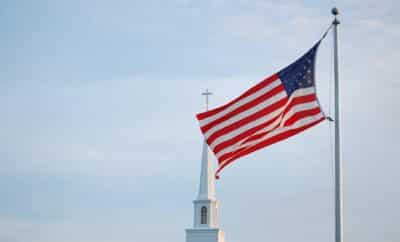
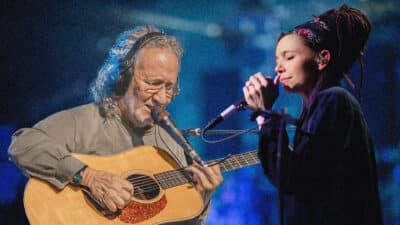

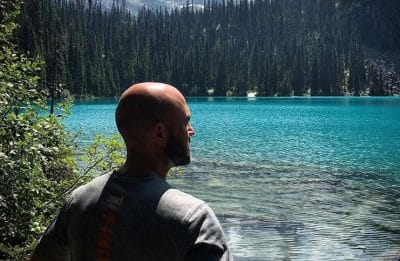
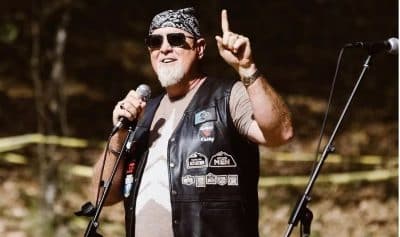


10 Responses
I didn’t grow up in the US, but I lived in Texas (not that far from Tulsa) for over 20 years before I’d even heard of the Tulsa race massacre. I’m by no means an expert in American history, but I am widely read enough that it’s bizarre to me that the first time I came across it was through watching the Watchmen series on HBO. Apparently many Americans who watched the show had the same reaction.
@Mike I am a black woman born and raised in TX, and I heard bits and pieces of stories from extended family members who live in various Oklahoma communities. At times, it was like they spoke of what happened with a whisper, as if the massacre is still a secret that would cause trouble if shared or probed.
A big part of the story is the huge coverup the police, media, city of Tulsa, and state of Oklahoma all took part in for nearly a century. An even BIGGER part of the story is how Tulsa is one of dozens of race massacres that took place across the US during that era, with few EVER getting the slightest mention in a history book. I encourage you to check out any of the documentaries that have been released.
Lovecraft County also covered the massacre as a plot point. Between that and the Watchmen, HBO was historically ON POINT when setting the stage for these series.
I confess that I was anxiously anticipating “backlash” on memorializing the massacre, awaiting excuses for the Tulsa tragedy. IMO, my anxiety was stirred by the tone of the environment we live in. If anyone mentions a racist incident (past or present), 2 others will counter it by belittilng, politicizing, or making an excuse for why it was ok it happened. But I have been pleasantly surprised at the humble attitude focused on learning and honoring the memory and survivors of the Tulsa massacre.
I’ve learned during the recent commemorations that I was one of very few students who *did* hear about Tulsa, for which I credit a passionate history teacher in middle school. But I also learned that were many, many other incidents of racial violence that I didn’t know about. CNN published an excellent interactive story with a timeline of the many other murderous incidents of racial hatred occurring in the US between 1863 and 1923–most carried out against blacks but some against Mexican and Chinese people as well. There is so much to learn and reckon with.
https://www.cnn.com/interactive/2021/05/us/whitewashing-of-america-racism/
I am kind of shy so this may sound like a silly question. I live in Southern Alabama, I was born in Indiana. I want to visit majority black churches on Sunday mornings purely to experience their worship and make friends. But I feel hesitant; will I be welcome? Should I find someone to invite me to their church? By the way, I am white. My pastor speaks about how Sunday morning is the most racially divided day of the week. I think something should be done to break down barriers.
@Ann, as someone who grew up in a black church, I can assure you that you will be welcome. While worship styles (and length of service LOL) may be different, the purpose is the same – to honor Christ and raise disciples. And the black church is often at the heart of movements aimed at driving change and giving voice to a community that feels unheard or misunderstood. Welcoming you is part of that. :)
I also would like to encourage you to lean into how you are feeling. Usually on the other side of discomfort is an opportunity for growth. Furthermore, your discomfort can really feed your empathy. Remember that while you feel hesitant to walk into an all-black church as a lone white woman, many people of color navigate predominantly white environments regularly, and often mask our discomfort, hesitancy or anxiety because we’d be ridiculed (or have nowhere to go) if we spoke it or fed into it. And yes, it goes both ways: I was one of 4 black kids in my ENTIRE school, the child of the only black family in my neighborhood, etc….and I still remember the anxiety that came with my first day like it was yesterday. Remembering that feeling is why I’d reach out to you the moment you walked into my church.
Ann and Marin, those are beautiful sentiments you express. Thankfully Jesus has shown us the way by already destroying the biggest barrier (Eph. 2:14-8). Since we will live together in eternity, with all peoples worshiping Him together (Rev. 7:9ff), it would be nice if we can get a head-start on understanding each other and getting along now, pointing others to Him in the process.
And pastors, how about sharing your pulpit with someone of a different race occasionally, maybe having an ongoing partnership with a church of a different ethnicity?
Absolutely, and I wouldn’t wait for an invitation. Before I moved to Texas, I visited Dallas for work and the local manager there invited me to her church on Sunday morning. I was one of two white people in a congregation of two or three hundred African Americans. I didn’t know anything about black churches in those days other than the stereotypes I had seen on TV, so I was surprised by the formality of the service, with the ushers dressed in black suits and white gloves, everything performed to military precision.
I was made most welcome by everyone I met, of course, and I would expect no less of a warm welcome for anyone else, so I would certainly encourage you to do it. It was a standout and humbling experience for a young white guy who had grown up in Glasgow, Scotland at a time when it was about 98% white.
I had the same hesitancy, Ann but found myself to be very welcome! I’ve really enjoyed making a deliberate choice to visit churches where my skin color or background or socioeconomic status is in the minority. I think true Christians of all races wish Sunday morning wasn’t so segregated, and would rather their church reflect the beauty of a faith in which there is “neither Jew nor Greek”.
The “racial divide” will close a few inches, feet, yards, etc…if the Body of Christ would “just go across town” and worship with other Fellow Believers of another ethnic groups.
This atrocity was America’s Kristallnacht, plain and simple. It has never been atoned for and the perpetrators are all dead. Justice will never be done but someone has to acknowledge this bestial crime against humanity.